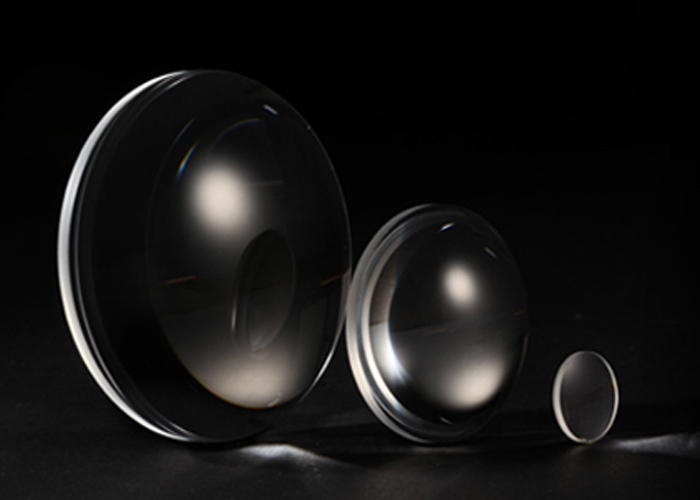The 4 core components of the microscope objective
Although objective designs can vary depending on factors such as their intended use, microscopic observation method, aberration correction, and manufacturer, all microscope objectives share some similar characteristics. Here are four common components:
1.Tube: The physical shell of the objective. It is made of brass and usually has a parfocal distance of 45 mm.
2.Thread: Thread is used to mount the objective to the microscope objective turntable. In order to be compatible with a wide range of microscope systems, the specifications are usually in accordance with the Royal Microscopical Society (RMS) standards.
3.Lens: A microscope objective contains a lens, usually made of glass, or can be a complex internal lens system consisting of many lens elements. The system may include several types of lenses, including:
Meniscus and hemispherical lenses:Meniscus lenses consist of two spherical surfaces, one protruding and the other receding in the direction of the protruding sphere. When used in combination with hemispherical lenses, light can be collected and numerical aperture improved.
Triple and double lenses:In short, a triple lens is a composite lens composed of three separate lenses. A double lens is a combination of two simple lenses.
Single lens element: A single lens.
Lens gasket: that is, the gasket located between the lenses.
Inner lens housing: As the name suggests, this structure is the housing of the inner lens system.
Rear focal plane:the hole or opening through which light enters the objective.
4.Etching specifications: Lens specifications such as numerical aperture (NA) and magnification are engraved on the surface of the objective tube. The immersion medium and magnification are also color-coded on the outer tube. This color label helps you quickly confirm the functionality of the objective lens and determine if it is suitable for your application.
In addition to these core components, some objectives include a spring-loaded retractable component to protect the front lens and specimen from collision damage.
Note that objectives that require more optical correction of aberrations and fields usually contain many lenses. For example, a complex flat-field-apochromatic objective contains about 15 lens elements, while an ordinary achromatic objective contains far fewer lenses.












